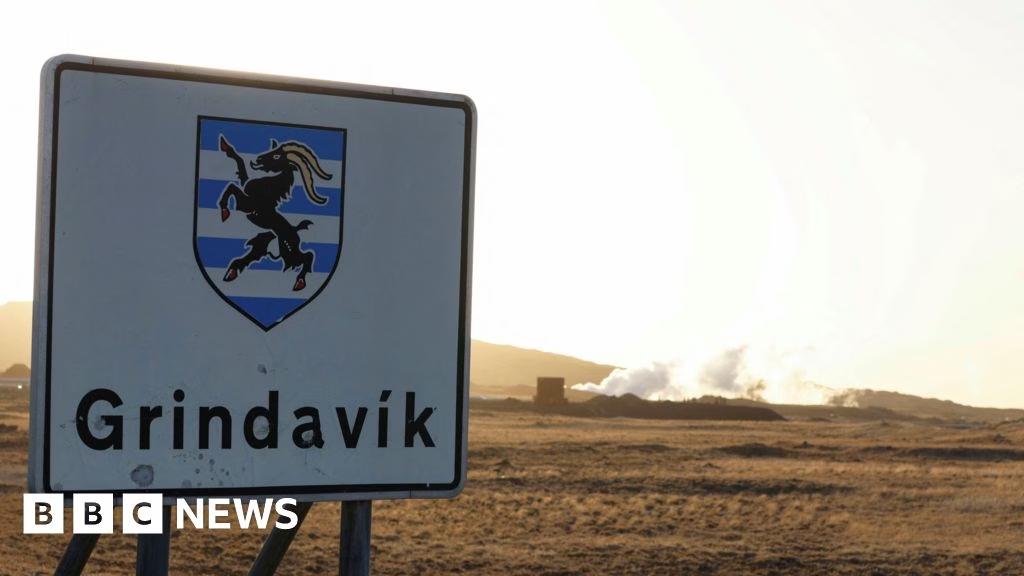A volcanic eruption has started on Iceland’s Reykjanes Peninsula, located in the south-west of the country. According to Iceland’s Meteorological Office, the eruption began at approximately 09:45 local time (10:45 BST) north of the small town of Grindavík. The ground crack caused by the eruption was initially 700 meters wide and continued to grow. The eruption occurred after hundreds of earthquakes hit the Sundhnúks Crater Row area at around 06:30 local time. Grindavík and the nearby Blue Lagoon spa, a popular tourist attraction, had already been evacuated in anticipation of the eruption. Roads to and from Grindavík remain closed, but flights are not affected at the moment. By 11:00 local time, the original fissure had extended southward, and a new crack had also opened. Officials are urging anyone still in Grindavík to leave, as some individuals had previously refused to follow the evacuation order. The police chief, Úlfar Lúðvíksson, stated that only around 40 houses were occupied by residents due to previous volcanic activity. Most of Grindavík’s 4,000 residents were permanently evacuated in November 2023, before eruptions in December 2023 and January, February, and March 2024. The current lava tunnel’s length, measuring approximately 11 kilometers, is the longest recorded since November 11, 2023, according to the IMO. Additionally, gas pollution from the eruption is expected to travel northeast towards the capital area due to the current wind direction. Multiple eruptions have occurred on the Reykjanes Peninsula since 2021. The last period of volcanic activity on the peninsula was 800 years ago, with eruptions continuing for several decades. Iceland has a total of 33 active volcano systems and is located on the Mid-Atlantic Ridge, the boundary between two of the largest tectonic plates on the planet.
Source: https://www.bbc.com/news/articles/cqj4rg1kd52o







